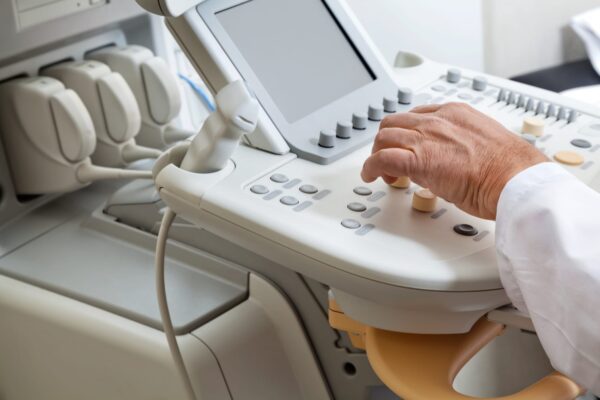
The healthcare world is shifting rapidly, and for professionals working in medical imaging, particularly sonography, the demand for up-to-date knowledge and specialized expertise has never been greater. In US, where diagnostic imaging services are a crucial part of urban and rural healthcare delivery, sonographers are not just technicians but key decision-makers. Yet, staying at the forefront of this fast-paced domain demands more than experience; it requires consistent learning. That’s where ultrasound CME credits come in, they are not just boxes to tick but bridges to greater expertise and professional recognition.
Why Does Continuing Medical Education (CME) in Ultrasound Matter?
Gone are the days when a diploma was enough to sustain a long-term career in medical imaging. Introducing new protocols, AI-assisted diagnostic tools and high-resolution ultrasound systems is transforming patient care.
Top Reasons to Pursue Ultrasound CME Credits:
| Reason | Benefit |
| Up-to-date knowledge | Keeps professionals informed about the latest imaging standards. |
| Career growth | Opens doors to specialist roles and higher-paying positions |
| Compliance with regulations | Ensures adherence to industry standards and guidelines |
| Enhanced diagnostic accuracy | Improves patient outcomes with precise evaluations |
| Professional credibility | Builds trust among referring physicians and patients |
CME is not a regulatory burden—it’s a golden opportunity.
How to Choose the Right CME Programme?
While the urge to enroll may be strong, not all programs offer equal value. Choosing the right CME platform can mean the difference between a course that merely ticks a box and one that truly transforms a career.
Key Factors to Consider:
- Accreditation: Ensure international or national radiology boards recognize the program.
- Flexibility: Online, self-paced modules suit busy professionals.
- Assessment Method: Look for interactive quizzes and case-based learning.
- Relevance to practice: Topics aligned with diagnostic challenges (e.g., high-risk pregnancy scans, rural portable ultrasound).
A well-chosen program aligns with global standards and local realities, especially critical in diverse healthcare settings.
Tips to Maximise CME Value
- Set Clear Goals: Focus on one specialty area at a time to avoid cognitive overload.
- Practice While Learning: Apply new techniques in your daily scans to solidify learning.
- Network: Join discussion forums or CME webinars to connect with industry professionals.
- Track Credits: Maintain a digital or printed log of completed CME activities to present during audits or interviews.
Conclusion
Sonographers must become more than just image capturers—they must be interpreters, innovators, and educators. Earning ultrasound CME credits does more than refresh knowledge; it redefines careers. For healthcare professionals, this is a rare chance to align with global standards while meeting the demands of a rapidly growing diagnostic industry.
The journey from sonographer to specialist starts with one credit. And every credit counts.